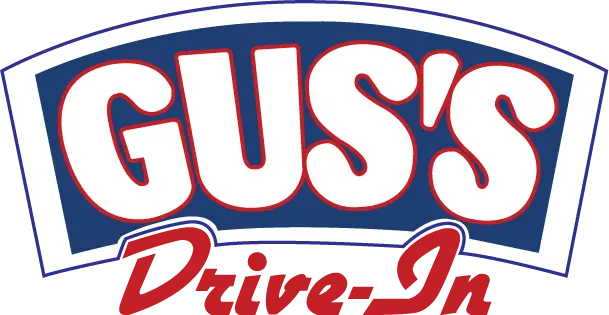Muffler Man
Do you know the muffler man?
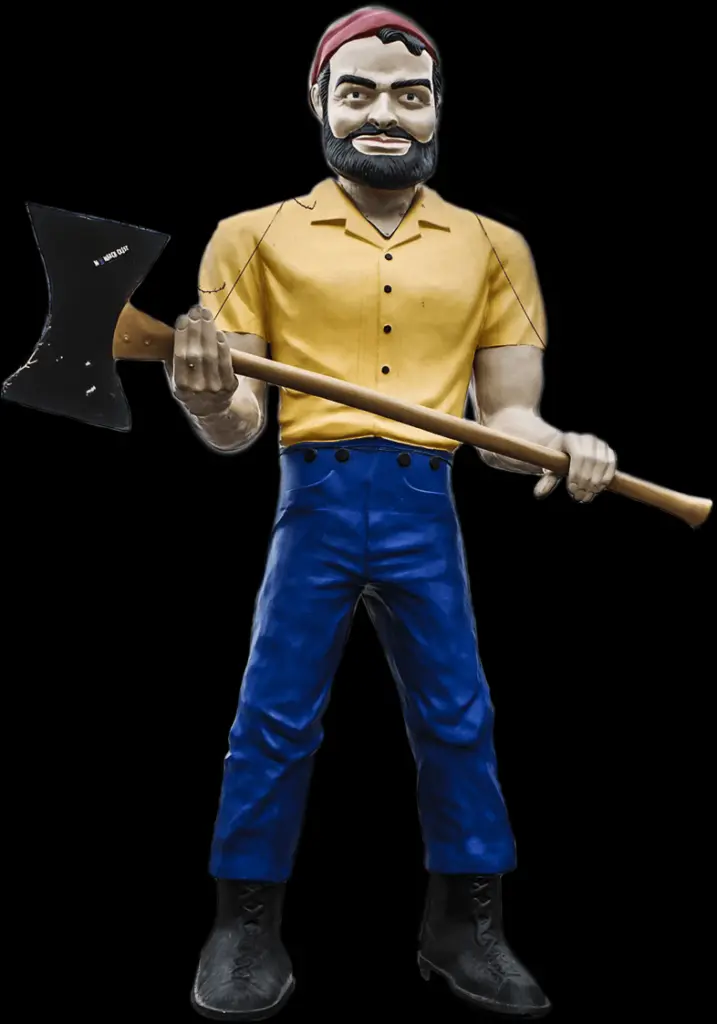
Around 1962, International Fiberglass Company in Venice, California made the first giant, a Paul Bunyan, for a restaurant in Arizona on Route 66. Soon, word spread as to how very effective this giant was at attracting people and the popularity quickly took off. Businesses and companies all around the country and even Canada were lining up to get their own roadside giant made.
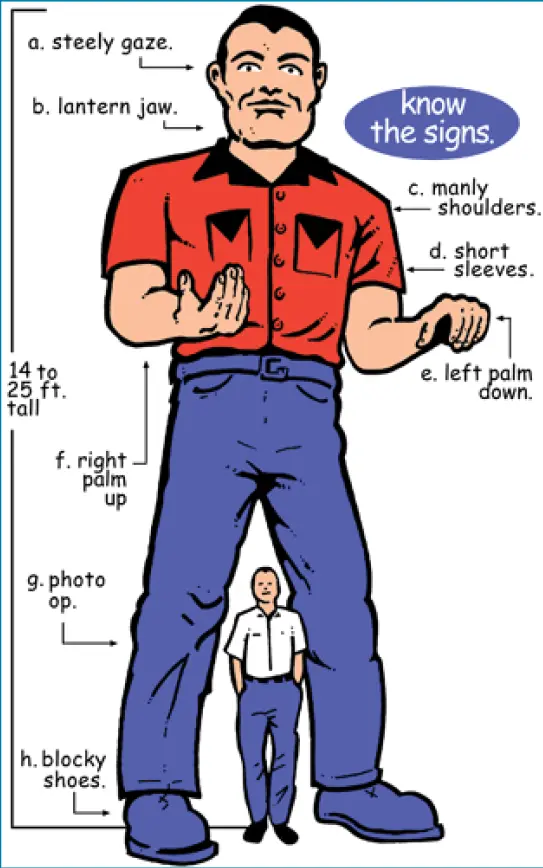
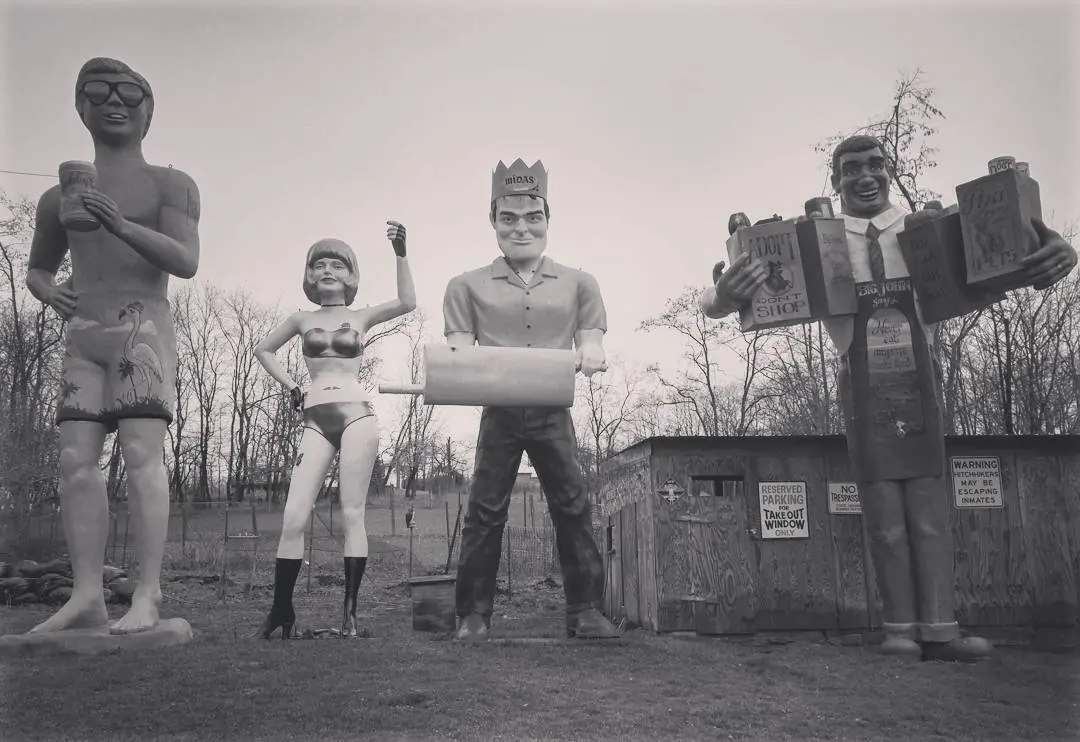
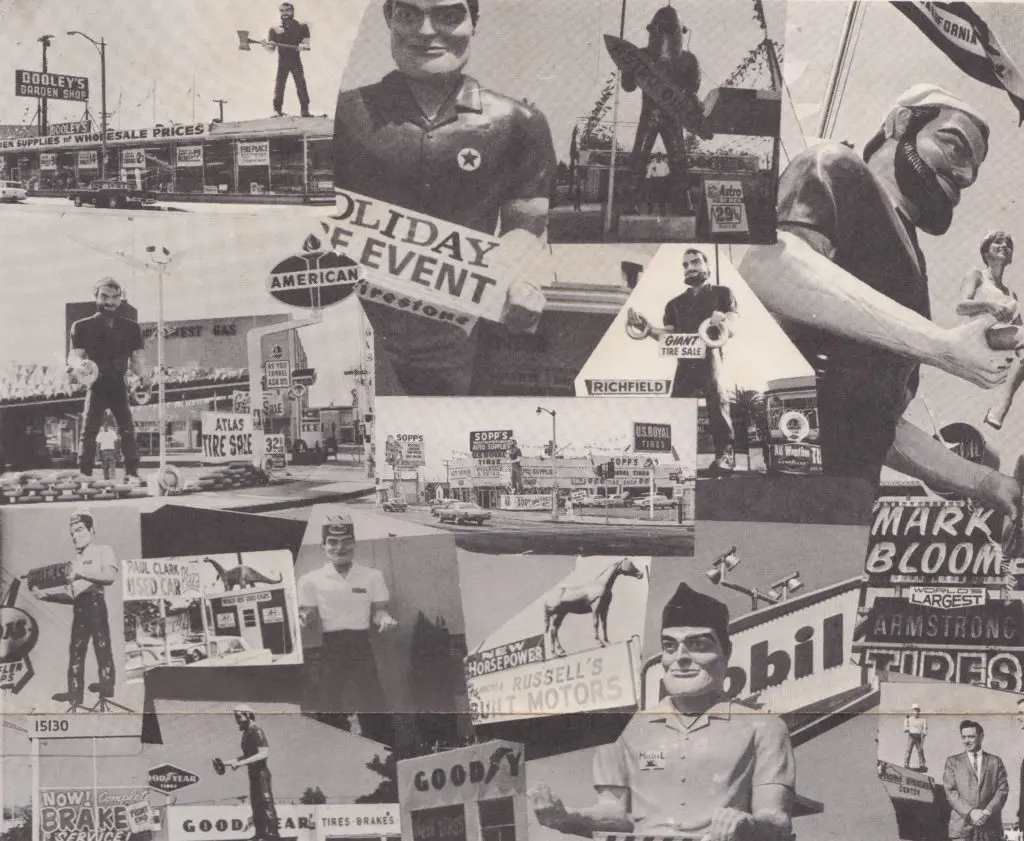
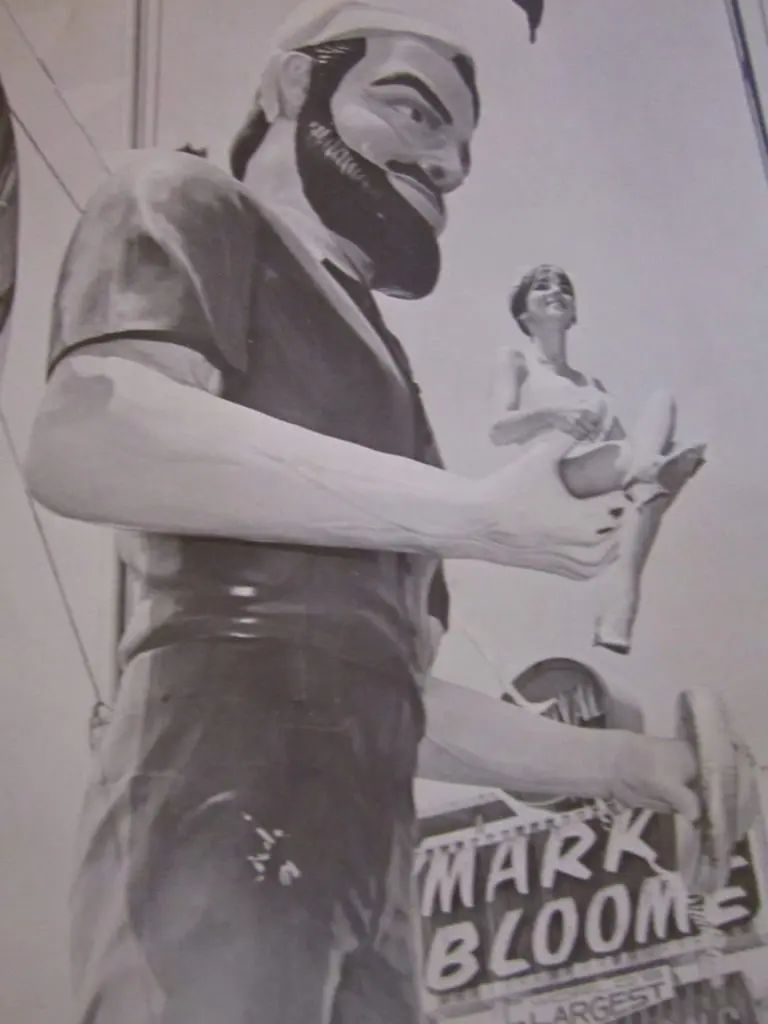
By the late 1960s, thousands of these giants, at a typical cost of $1000-$2800 each, dotted America‛s roadside, with many franchise and chain brands using them for advertising. International Fiberglass made cowboys for Phillips 66 stations, Indians for Mohawk gas stations and Pontiac car dealerships, Vikings for Viking Carpets, and even a giant female statue for Uniroyal Tires. The company also produced Uncle Sams, pioneers, pirates, Alfred E. Neumann look-alikes, as well as other customized statues, such as dinosaurs for Sinclair Oil.

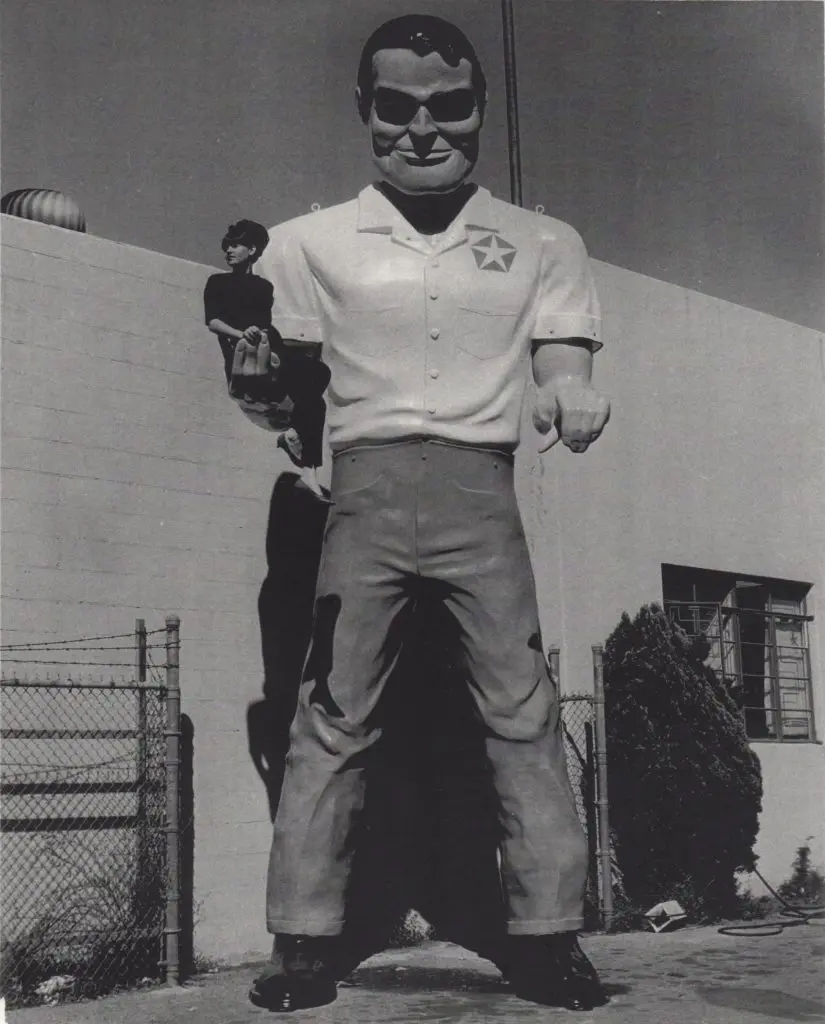


By 1973 the oils crisis had hit America. Gas stations closed, and increases in costs to deliver the lightweight but giant statues proved problematic and expensive. Additionally, two lane roads were bypassed by the faster and more efficient U.S. interstate system. The result was that many of the business that proudly displayed giants began fading away, leaving them essentially homeless. Some were sold and adapted to represent new businesses, while others turned into sports mascots. However, the majority of these colossal figures simply disappeared, either destroyed or abandoned as trash in fields, barns, storage facilities, and junk yards.
In 1976 International Fiberglass closed it’s doors. All of the original molds used to make the giants were destroyed
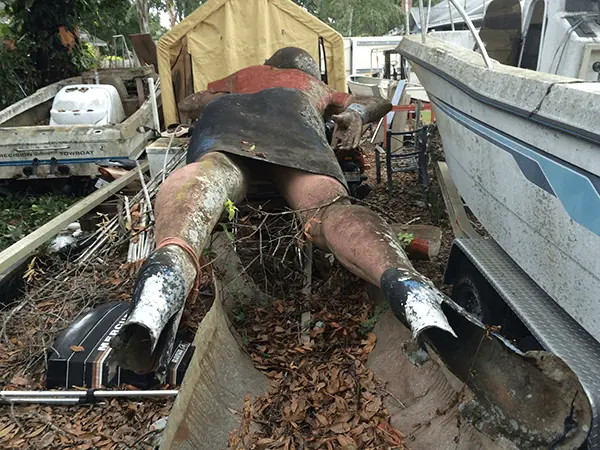
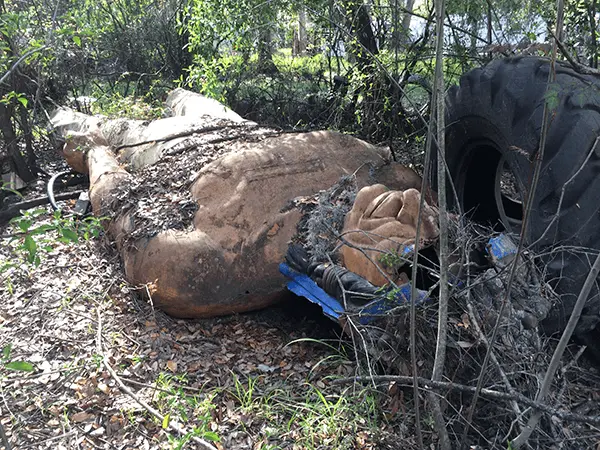
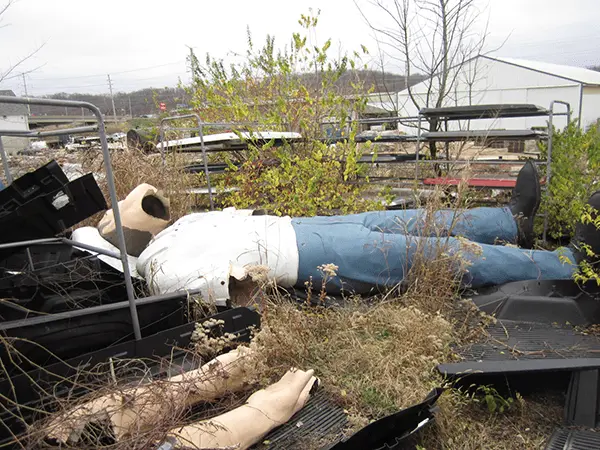
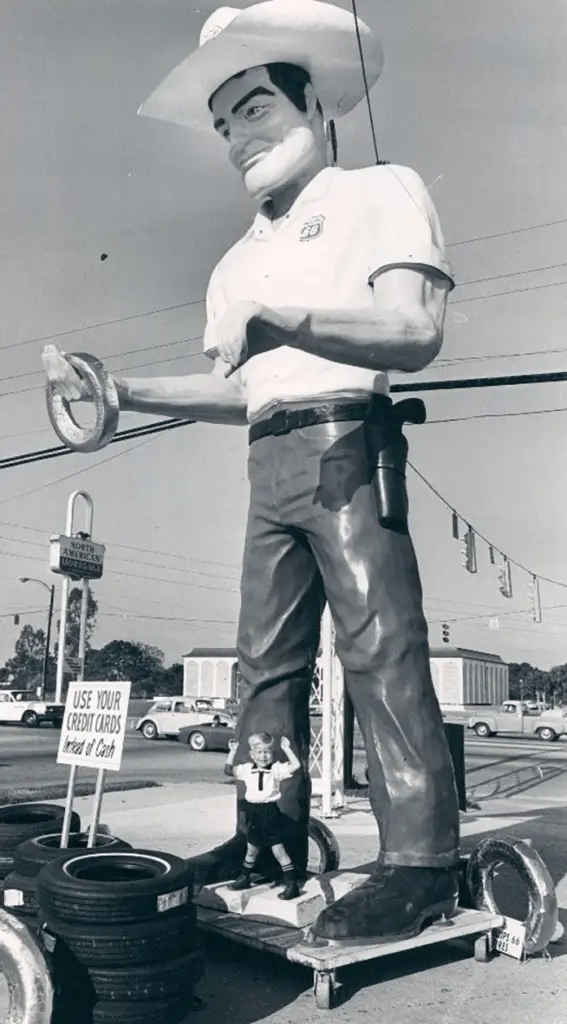
In the late 1990s, a website dedicated to American roadside kitsch, oddities and attractions began chronicling the locations of the 12 known remaining giants. The statues were then nicknamed “Muffler Men”, as many stood in front of car repair shops and held full-sized mufflers. The name stuck, and nowadays the term “Muffler Man” refers to any giant roadside statue used to advertise a business. By 2005, interest in Muffler Men increased, with statues being actively sought out and found. unfortunately, time and mistreatment has resulted in many of them being heavily damaged.
The Gus‛s Drive-In Muffler Man was commissioned by a Phillips 66 Gas Station in Calgary, Alberta, Canada, where he stood until the 1970s. From there, he was put on a trailer and towed by a Cadillac to his new home, a nearby junkyard, where the owner stood him up and he towered over the property for a number of years.
However, time and harsh Canadian weather got the best of him, and he soon fell. In the summer of 2017, a chance spotting on a YouTube video that contained a clip showing pieces of the giant laying in the junkyard grass sparked the interest of Joel Baker from American Giants, an expert locator and restorer of Muffler Men.
In November 2017, Joel and his crew made the 17-hour journey to the Canadian junkyard to save this giant piece of history. Soon began the nearly year-long restoration processes of piecing together the Gus‛s Drive-In Muffler Man, nicknamed Canada Guy. With the exception of the milkshake and the hotdog, Canada Guy has been completely restored to its original condition.
Today, the locations of only about 180 Muffler Men are known and it is unlikely that many more will ever be discovered, making these giants rare and highly sought after. It is an honor to be the home to such a unique and important part of roadside history.
